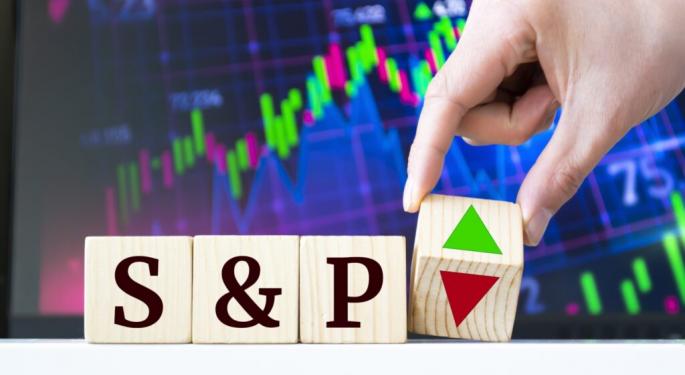S&P 500 Implied Volatility Suggests 100-Point Swing As Fed Decision Looms: Experts Say Market May Collapse After Rate Cuts
The all-important Federal Open Market Committee meeting is scheduled for the week, and the futures market is factoring in a 100% chance of a rate cut, although expectation regarding the magnitude of the cut varies. A prominent trader on Sunday said the week could see bouts of volatility.
Volatility Followed By Bearishness: The implied move of the S&P 500 Index this week would be +/- 96 points, said a trader whose X handle goes by the name @TradingThomas3. The implied move of an index is the expected price movement of the index over a period of time, usually until the end of the current week.
As he noted, this is the most important FOMC meeting of the year. The odds of a 50 basis-point hike is 59% and that of a 25 basis-point downward adjustment is 41%. Rate cut hopes firmed up after the spate of recent weak manufacturing and labor market data.
@TradingThomas3 also pointed out that the second half of September is generally bearish.
See Also: Top Performing Small-Cap Stocks
Market Outlook: Sharing a chart of how the market behaves after the first rate cut, an investment advisor going by the X handle @GlobalMktObserv said stocks usually fall by about 15% within 12 months following the first cut if there is a recession. In the absence of a recession, stocks rise by more than 10%, he said. “Key caveat is, that we will know if there was a recession a few months after the cut,” he added.
When the Fed cut rates by 50 basis points in Sept. 2007 to temper the housing market collapse, the market had a similar 3.5-week bounce. After the Sept. 18, 2007 rate cut, the S&P 500 topped 3.5 weeks later. After the completion of a double-top formation, the index plummeted by over 20%. From the Fed pivot point, the index slumped 57.77%, falling deep into correction territory.
The SPDR S&P 500 ETF Trust (NYSE:SPY), an exchange-traded fund tracking the S&P 500 Index, edged up 0.02% to $562.38, according to Benzinga Pro data.
Read Next:
Photo via Shutterstock
© 2025 Benzinga.com. Benzinga does not provide investment advice. All rights reserved.
Posted-In: interest rate Stories That MatterEquities News Top Stories Markets Media



